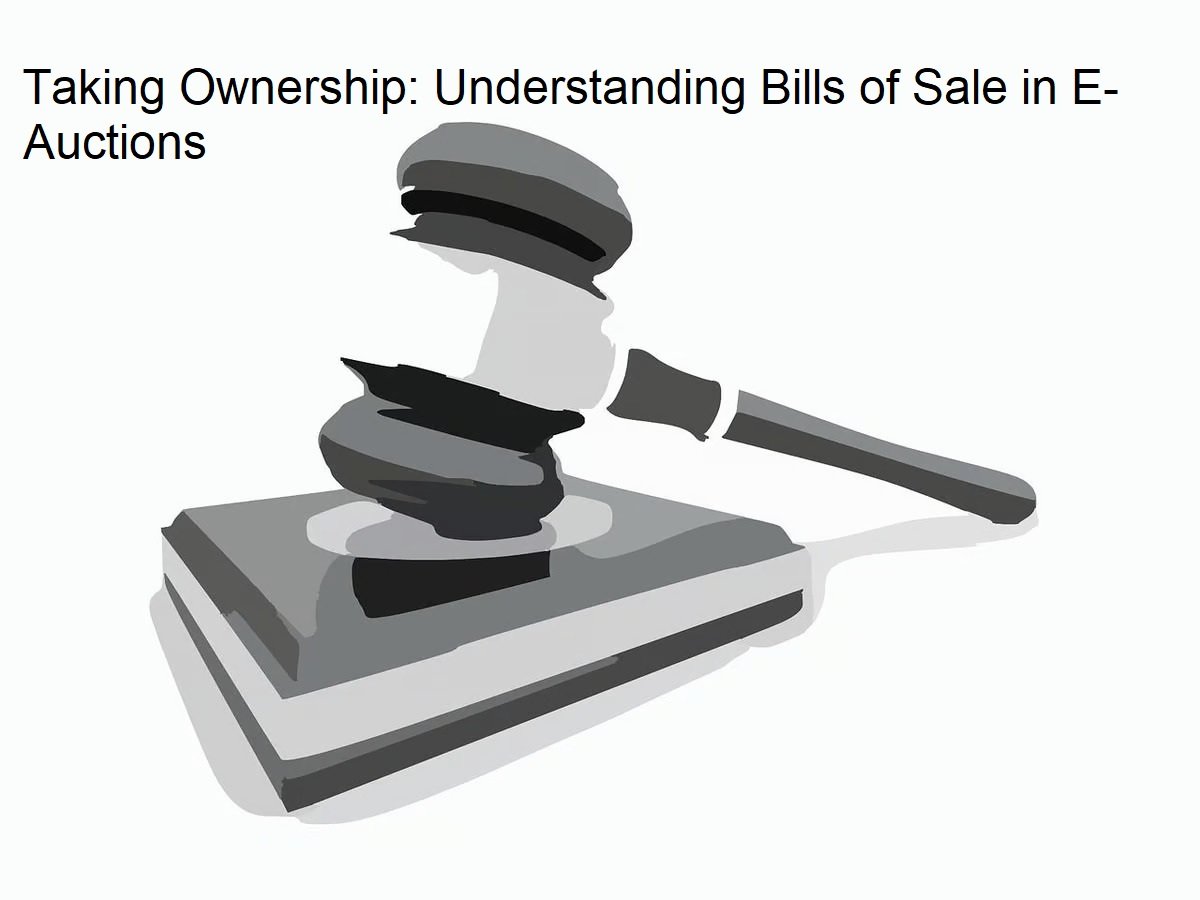The Debt Restoration Tribunal (DRT) and the securitization laws are regularly perceived as equipment in the main designed to protect the rights of banking and financial institutions in their pursuit of debt healing. At the same time as this attitude is correct to a certain quantity, it overlooks an important aspect of those legal guidelines—the rights of 1/3 parties who may be living in or have ownership of homes that have been mortgaged. This article seeks to delve deeper into this much less-explored measurement, dropping light on the rights of third parties below both the DRT and securitization laws.
Introduction
The legal maxim "one who sleeps over his rights has no remedy in law" serves as a poignant reminder of the importance of timely action. The legislative landscape empowered banks and financial institutions with mechanisms to combat the challenges posed by Non-Performing Loans (NPLs) and contribute to the stability of the financial system. However, the evolving nature of financial transactions and the emergence of loopholes prompted legislative intervention, leading to the enactment of 'The Recovery of Debts Due to Banks and Financial Institutions Act, 1993.'
Despite the establishment of Debt Recovery Tribunals (DRTs) under the RDDBI Act, 1993, and the provision of a special procedure before the Tribunal, the desired reduction in NPLs did not materialize. This prompted the legislature to introduce 'The Securitization and Reconstruction of Financial Assets and Enforcement of Security Interest Act, 2002' (SARFAESI Act). While the SARFAESI Act has faced criticisms for potential misuse, the judiciary has upheld its constitutional validity, emphasizing the need to balance the rights of borrowers with the overarching objective of the legislation.
Evolution of Banking and Financial Institutions
The backdrop against which these laws emerged is crucial for understanding their significance. Following the Industrial Revolution, the banking system underwent significant development, becoming a cornerstone of the nation's economy. For over three decades, the lending process was efficient, with banks easily recovering their dues on time. However, challenges arose when debtors, either by choice or negligence, started defaulting on their loan repayments.
The procedural hurdles in the Civil Courts, from filing litigation to the execution of decrees, proved to be time-consuming. This prolonged process led to substantial losses for banks and financial institutions, and in some cases, even closures. The dire need for legislative reforms became evident, resulting in the enactment of 'The Recovery of Debts Due to Banks and Financial Institutions Act, 1993.' Despite the establishment of Debt Recovery Tribunals (DRTs) under this Act and the provision of a special procedure before the Tribunal, the reduction in NPLs fell short of expectations. This gap in the legal framework necessitated the introduction of the more comprehensive 'Securitization and Reconstruction of Financial Assets and Enforcement of Security Interest Act, of 2002.'
Balancing Act: SARFAESI Act and Judicial Scrutiny
While the SARFAESI Act was enacted to enable banks to reduce their Non-Performing Assets (NPAs) through faster recovery of dues, concerns arose about potential misuse. The issue eventually reached the Supreme Court, which upheld the constitutional validity of the SARFAESI Act. However, the judiciary remained vigilant about safeguarding the interests of borrowers and ensuring the effectiveness of available remedies.
Over time, the judiciary in the country has consistently made efforts to prevent the dilution of the SARFAESI Act's objectives while simultaneously protecting the rights of borrowers. The initial confusion regarding the interpretation of certain provisions has been largely settled, with the judiciary taking a consistent stand on various issues.
Addressing Concerns: Issues Under DRT and SARFAESI Laws
While the DRT and SARFAESI laws have been instrumental in empowering banks, concerns and issues persist, particularly regarding their potential draconian effects on borrowers and third parties. Several key issues warrant attention and resolution to strike a fair balance between the interests of financial institutions and the rights of those affected:
a) Classification of NPAs and Settlement:
One significant concern is the classification of Non-Performing Assets (NPAs) and the subsequent settlement process. Many borrowers feel harassed by what they perceive as unreasonable actions by bank officials under the SARFAESI Act. Some argue that they are not 'willful defaulters' and are willing to rectify any default, given the chance. The classification of accounts as NPAs often lacks clarity, and the interpretation largely depends on how banks choose to apply the guidelines issued by the Reserve Bank of India. The Tribunal or Courts often tend to support the classification of any loan account as an NPA if there is a default in payments as agreed.
b) Notice under Section 13(2):
The issuance of notices under Section 13(2) by banks to borrowers for the payment of debt amount in full is another contentious issue. The notice includes 60 days for clearing the liability, which can be perceived as prejudicial to borrowers. Genuine borrowers facing uncertainties or losses in their business may find it challenging to clear the loan within this short period. It becomes crucial to strike a balance between the need for banks to recover their dues and the practical challenges faced by borrowers, ensuring fairness in the process.
c) Sale of Assets:
The sale of assets by banks under the provisions of the SARFAESI Act has often faced criticism from borrowers. The auction process is sometimes hurriedly completed, making it extremely difficult for borrowers to challenge the transaction. Although the Debt Recovery Tribunal (DRT) has the power to set aside auction proceedings under Section 17, the complications in this process make it challenging for borrowers to navigate the legal landscape effectively.
d) Rule of Redemption:
Section 13(8) of the SARFAESI Act stipulates that no steps about the transfer or sale of secured assets can take place if dues, along with costs and expenses, are tendered to the secured creditor before the sale or transfer date. While this provision emphasizes the right of redemption, there is a need for clarity on the practical implications, especially when auction sale proceedings have already taken place.
e) One-Time Settlement Schemes of Banks:
The understanding of borrowers' rights, particularly concerning possession notices issued by banks under Section 13(4) of the SARFAESI Act, remains a source of contention. Courts have consistently held that all measures taken by banks under Section 13(4) are appealable before the Tribunal. This is a critical issue, as borrowers may find themselves with no remedy if their property, worth a significant amount, is sold for a meager sum due to perceived unfair practices by banks.
f) Rights of Tenants:
The impact of the SARFAESI Act on the rights of tenants has raised concerns about potentially overlooking substantive tenancy rights. While the Act has equipped banks and financial institutions to recover Non-Performing Assets (NPAs), there is a need to strike a balance that considers the rights of tenants in properties subject to the Act's provisions.
g) Rights of Workmen:
Section 529A of the Companies Act, instituted in 1985, safeguards workmen and secured lenders of companies. This provision ensures that debts owed to workmen and secured creditors must be fully paid unless the assets are insufficient, in which case, they abate proportionately, emphasizing a fair distribution of assets in case of insolvency.
Conclusion
To uphold equity and guard the rights of 1/3 events, it miles imperative to introduce measures that address the concerns highlighted above. The financial institution should offer a 60-day eviction word to both the borrower and 1/3 events with pastimes in the mortgaged property. DRTs and courts should possess the authority to adjudicate matters separately concerning third-party interests. Additionally, banks should be cautious when dealing with Time Settlements and communicate transparently with third parties to prevent complications during property seizure. Collaborative efforts are needed to strike a balance between the interests of financial institutions and the rights of borrowers and third parties



